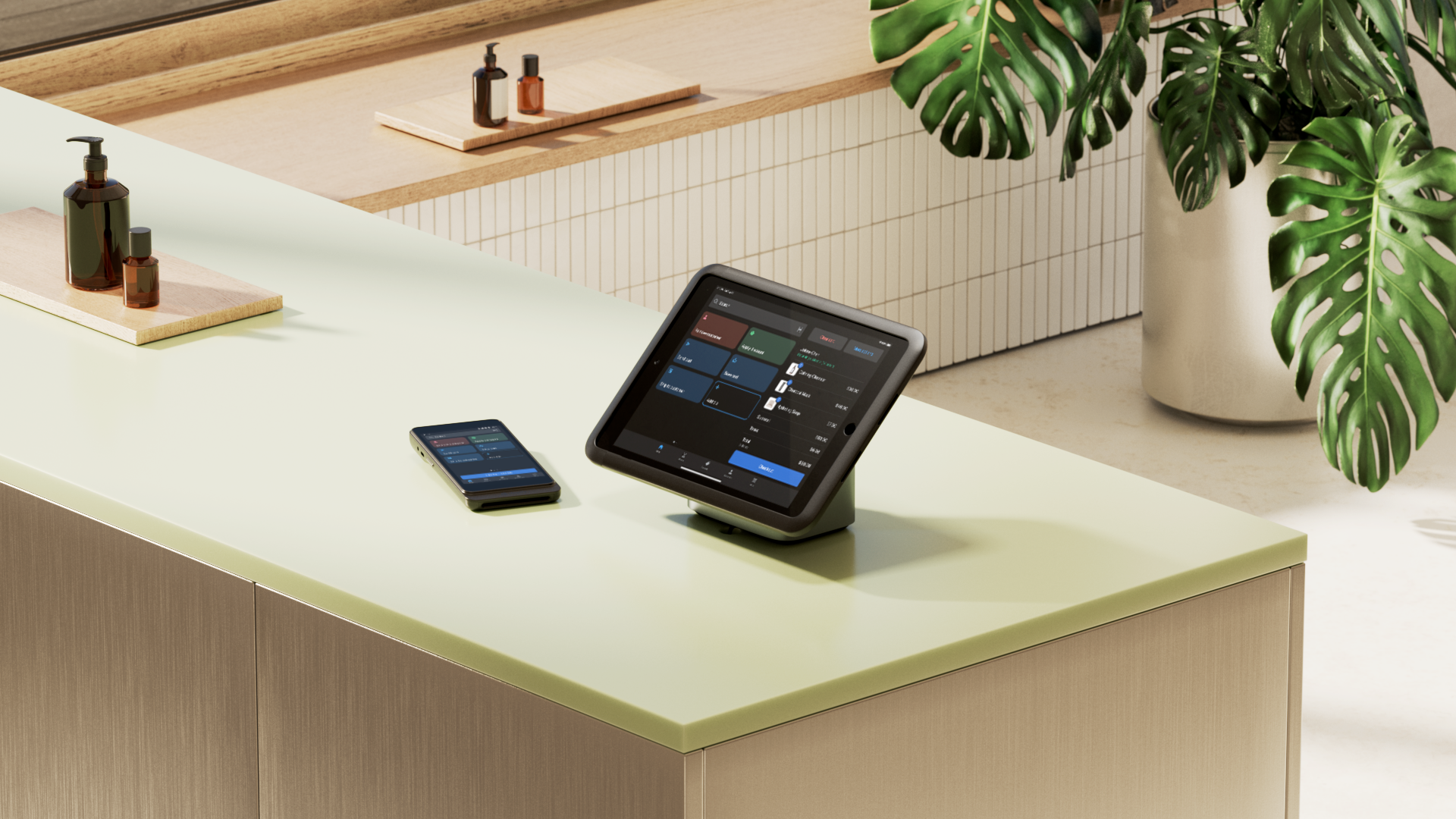Opt-in email marketing is when customers or potential customers voluntarily subscribe to a company’s email list. It’s akin to asking permission before you enter someone’s home. You’re much better off as a welcomed guest than inviting yourself inside when you weren’t asked to come over.
By focusing on consent, opt-in email marketing builds trust. When people voluntarily subscribe, they’re signaling genuine interest in your brand, making them more likely to open, read, and engage with your messages. This isn’t just about etiquette—it’s about effectiveness. A permission-based approach helps you cultivate a stronger, more loyal audience while improving deliverability and long-term results.
What is opt-in email marketing?
Opt-in email marketing is a strategy where customers provide their email addresses—usually through a sign-up form, landing page, or subscription box—in exchange for updates, offers, or other content. It’s also referred to as permission marketing, since it relies on getting explicit consent before sending messages. For example, if you’ve ever entered your email on a company’s website to “Get Updates” or “Unlock 10% Off,” you’ve participated in opt-in email marketing.
Opt-in email sign-up forms provide a way for you to gain traction, clicks, and conversions from a more deeply engaged email list. Unlike cold emails or email lists that you purchase—where potential customers receive messages they never asked for—opt-in email marketing ensures everyone wants to see your content. This reduces the likelihood recipients will mark your emails as spam, which, in turn, helps protect your sender reputation.
What makes a good email opt-in form?
Good email sign-up forms set clear expectations about the types of future emails subscribers can expect to receive, how often, and why they’re valuable. If you’re running a clothing brand, sending a message that says “Join our mailing list!” is a weak opt-in offer. A better approach might be: “Sign up for weekly styling tips and exclusive promotions.” That’s much more detailed and enticing. Consider this example:

Savvy opt-ins like this one from Sigma reward subscribers with benefits that make them feel special and give them a sense that they’re part of an elite club. This can include welcome emails, newsletters, promotions, event offers, and discounts.
Single opt-in vs. double opt-in
When someone enters their email into your opt-in form, there are two main ways for them to gain access to your email subscription.
In a single opt-in approach, the subscriber provides their email, and you add them to your list. This frictionless sign-up approach helps your list grow faster. With that said, there’s still a chance the subscriber isn’t actually interested, in which case you have a higher risk of unengaged subscribers and unwanted spam complaints.
That’s where the double opt-in approach comes in. For this, you add one additional step to the process: After the subscriber shares their email address, you send them a follow-up email to double-check that they want to be on your list. The double opt-in process helps eliminate bots and invalid email addresses, and it also confirms subscriber interest.
For an example, take a look at Recess’s double opt-in confirmation email:

It opens warmly and maintains a friendly tone throughout, which shows customers they’re immediately valued. It also communicates that subscribers won’t get spammed—you’re checking for consent not once, but twice—which can deepen trust.
Best practices for opt-in email campaigns
Nearly 99% of email users check their inboxes daily—ahead of news and social media. Here are five of the best opt-in email practices to create an engaged list of subscribers.
Offer clear value upfront
Let subscribers know exactly what they’ll receive and deliver on that value consistently. Any tangible offer can become an instant lead magnet—a perk or incentive that encourages customers to share their personal information—whether it’s a discount code, weekly tips, or exclusive content. You may want to follow through with more offers each week. It can build trust and signal to the customer that this is a brand they can rely on to offer them consistent value.
Get consent
Make sure your customers understand they’ve signed up for your emails. In other words, get their explicit consent. While opt-in consent isn’t required in the US, it is required in the EU under the General Data Protection Regulation (GDPR).
Regardless, receiving a slew of unwanted emails can be a turn-off for your customers, have a negative impact on your brand, and lead to higher spam complaints. By only sending emails to people who’ve consented to them, you’re reaching the audience you want.
Keep it short and sweet
The email sign-up form should be simple: A name, email address, and checkbox are usually all you need. The more basic the form, the easier it’ll be to amass opt-ins, plus the form will be easier to design for multiple screen sizes, like a desktop/laptop, tablet, and mobile devices.
A/B test your CTAs and offers
A/B testing, which is when you compare two methodologies to see which one is more successful, can make a big difference in conversion rates. Don’t assume one will work better just because you like it more. You may want to consider testing different offers, copy, design, opt-in process, and location. Here are a few approaches you can try:
- Be sharp with the writing. Make sure the call to action (CTA) inspires them to sign up by motivating them with an offer. Craft sign-up forms with clear CTAs like “Get Your Free Ebook,” or “Get Your Discount Now.” A/B testing phrases like “Join Our Mailing List” or “Join Our Community” can show you what resonates best with your potential opt-in subscribers.
- Simplify design. Make your CTA stand out with font size, contrast in colors, and placement. Don’t put it at the very bottom of the page, since users may not scroll long enough to see it. Keep your layout simple and mobile-friendly.
- Test sign-up forms. It’s also good to find out how much information people are willing to share in the opt-in process. Some customers may feel more comfortable giving you an email instead of a name, email, and phone number.
- Experiment with location and timing. Test communications beyond emails, like pop-up timing and placements, to see if they improve engagement. By testing these potential points of friction, you get a better understanding of your customers and what they want. This type of information allows you to iterate and improve your overall marketing strategy.
- Segment your audience. Personalizing messages to resonate with certain audiences may improve your odds of more engaged opt-ins. Email segmenting allows you to offer value to your customers by giving them personalized content they actually want.
Opt-in email marketing FAQ
How do I ask customers to opt in to email marketing?
Customers can opt in to email marketing campaigns by filling out a sign-up form or page you create to effectively capture email addresses. It should contain a clear call to action that highlights the benefits of signing up, such as “Sign up to get 15% off when you join our mailing list.
What’s a good opt-in rate for email marketing?
A good opt-in rate could be anywhere from 2% to 5% depending on your industry.
Is opt-in required for email marketing?
Explicit opt-in is not required in the US. That said, marketing emails must include an opt-out option and adhere to the other requirements in the CAN SPAM Act. Explicit consent to receive marketing emails is legally required in the European Union under the General Data Protection Regulation.







